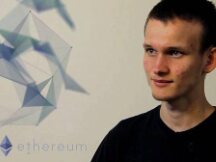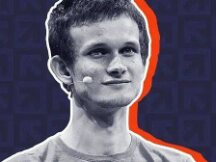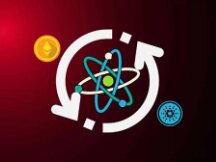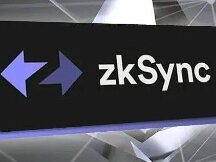An article to understand the ultimate theory of blockchain scaling by V God
Yesterday, Ethereum co-founder Vitalik Buterin published an article titled “Endgame,” which describes the main blockchain challenges of the Ethereum approach with roll-ups as the core and three approaches in development: announced. information.

The author tries to isolate a personal understanding to use it.
V God started to refer to "big block" racing chains (names not mentioned), and said that "big block" racing chains also got Ethereum's two-tier expansion plan, although 'no evidence of fraud has been reported. To do. The best roll-up method is also the ZK roll-up method using zero-knowledge proof, and we also mentioned the data in the model, which allows users to identify the presence of blocks. Competitive big block chains are still the basis of block making, but block identification is unreliable and has a significant impact.
V God then returned to the area of scaling Ethereum and planned two main network developments at two possible levels.
1. Any Rollup Layer 2 network, be it Arbitrum, Optimism, Zksync or something new, really dominates the running Rollup Layer 2 network (everyone has switched to Rollup Layer 2 network). ) and here is the result: the production is centralized and the validation of the blocks is unreliable and very decentralized.
So this map is really similar to the detailed plans that are given by the chain of events.
2. There is no Rollup Layer 2 network to assemble, but it is broken. The tps of each Rollup Layer 2 network reaches hundreds of operations per second, so we have Ethereum with a lot of competition. God V said it was a continuation of Cosmos, which led to a comment from Paradigm research partner Georgios Konstantopoulos in a podcast that the second Ethereum stacker network can receive Cosmos IBC. According to this strategy, users can avoid disrupting connections (without having to pay a high price on keyrings) as they move between two layers of competition, and the result is identification fairness, a strong protection against censorship and even decentralization (with very little.). Therefore) block production (due to low stacking), but it is also said that due to the potential of cross-domain VPD (new research), the decentralization of block production will gradually weaken and eventually become centralized.
We then see that our approach ultimately leads to the same results. Block generation is centralized, block authentication is unreliable and highly decentralized, and also resists censorship.

V God then explains what this means for blockchain and Ethereum developers. God's advice to the majority of Ethereum users is not too early to say that the race (1 or 2) will win. This is public research. The translation reads: “Children ask a lot of questions and adults need all of them. "
Finally, V God says:
"All of this can take years. Partitioning and the data in the sample are very difficult to implement technologically. It will take years of refinement and people research to securely store their assets in ZK. running all EVMs In competition, research in the MEV domain is only in its infancy, but the True and Brilliant future for scalable blockchains may come and it seems more obvious.
From this sentence, it looks like Rollup will generally follow Method # 2. What do you think?

Scan QR code with WeChat































